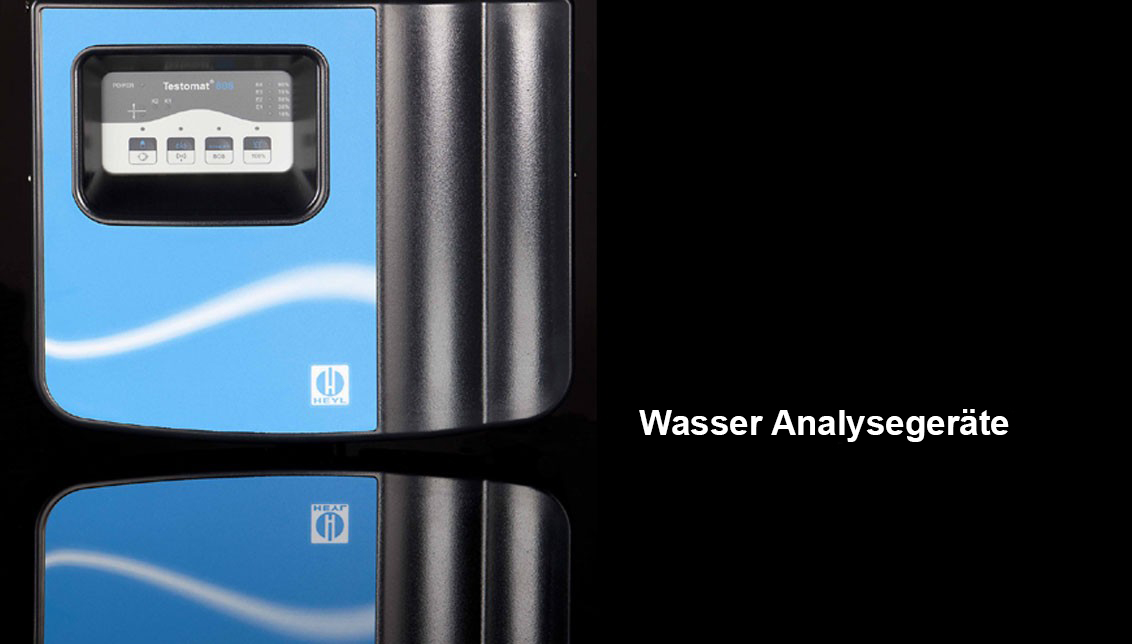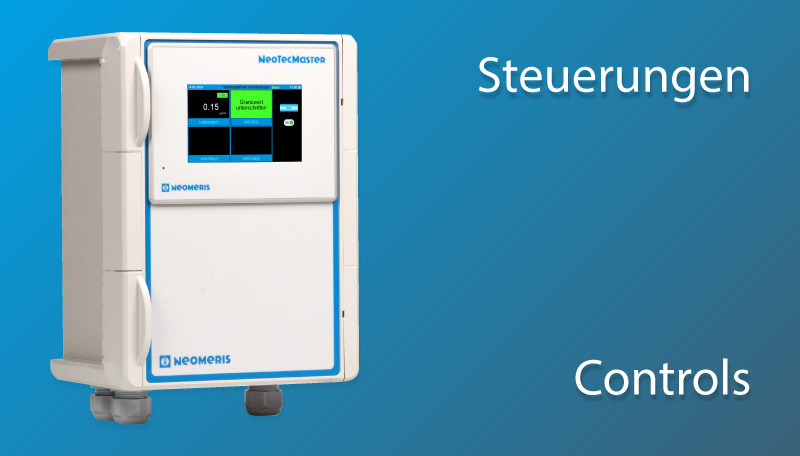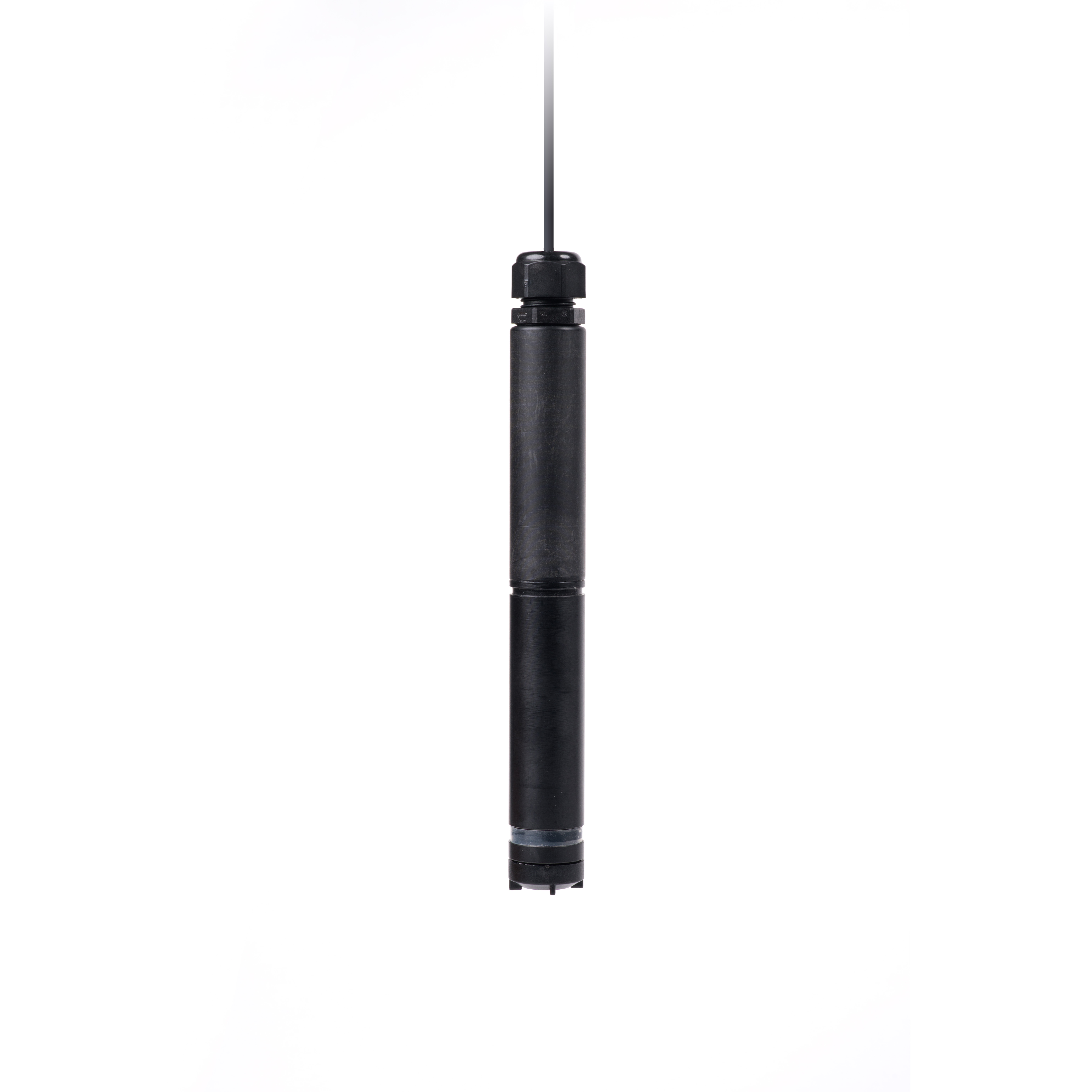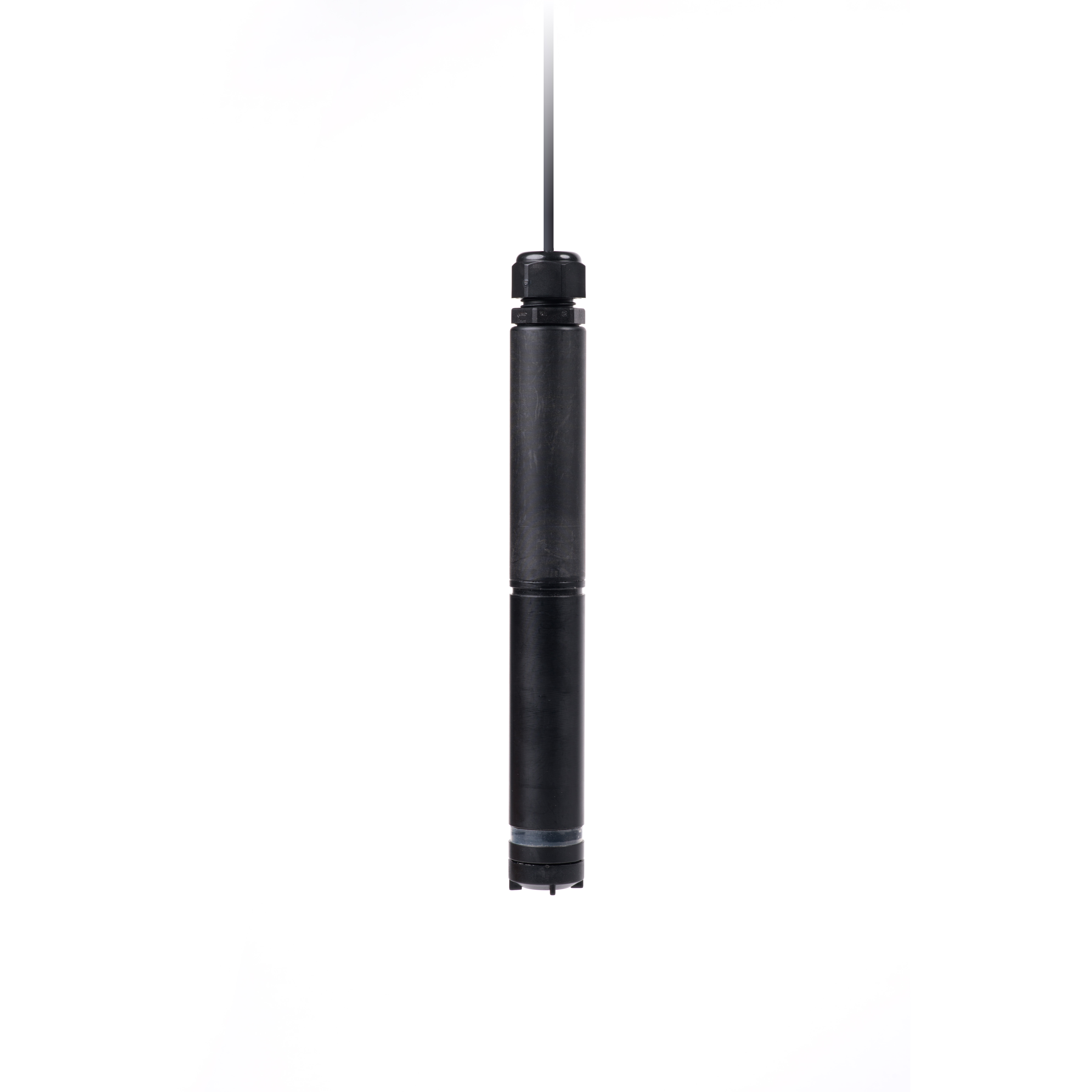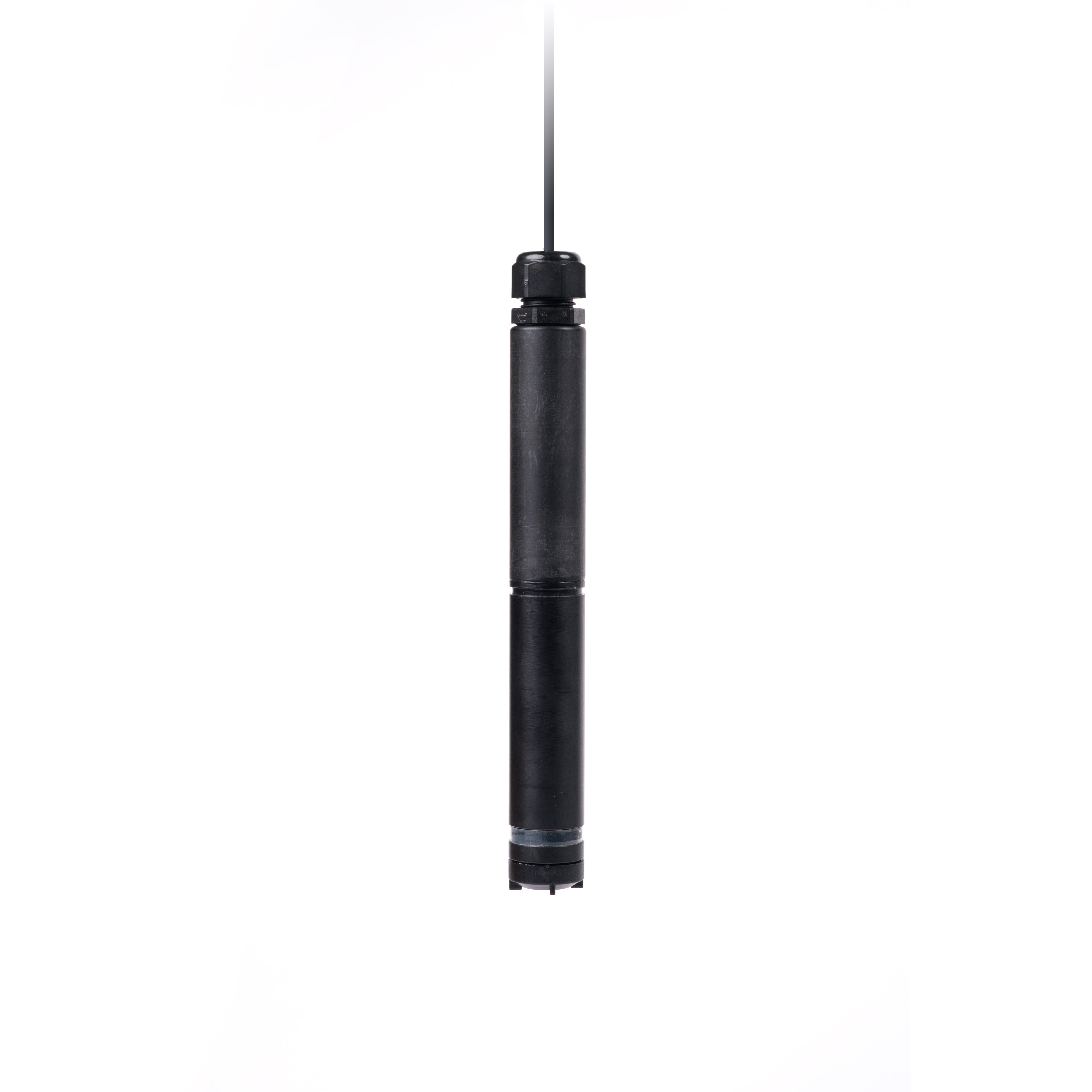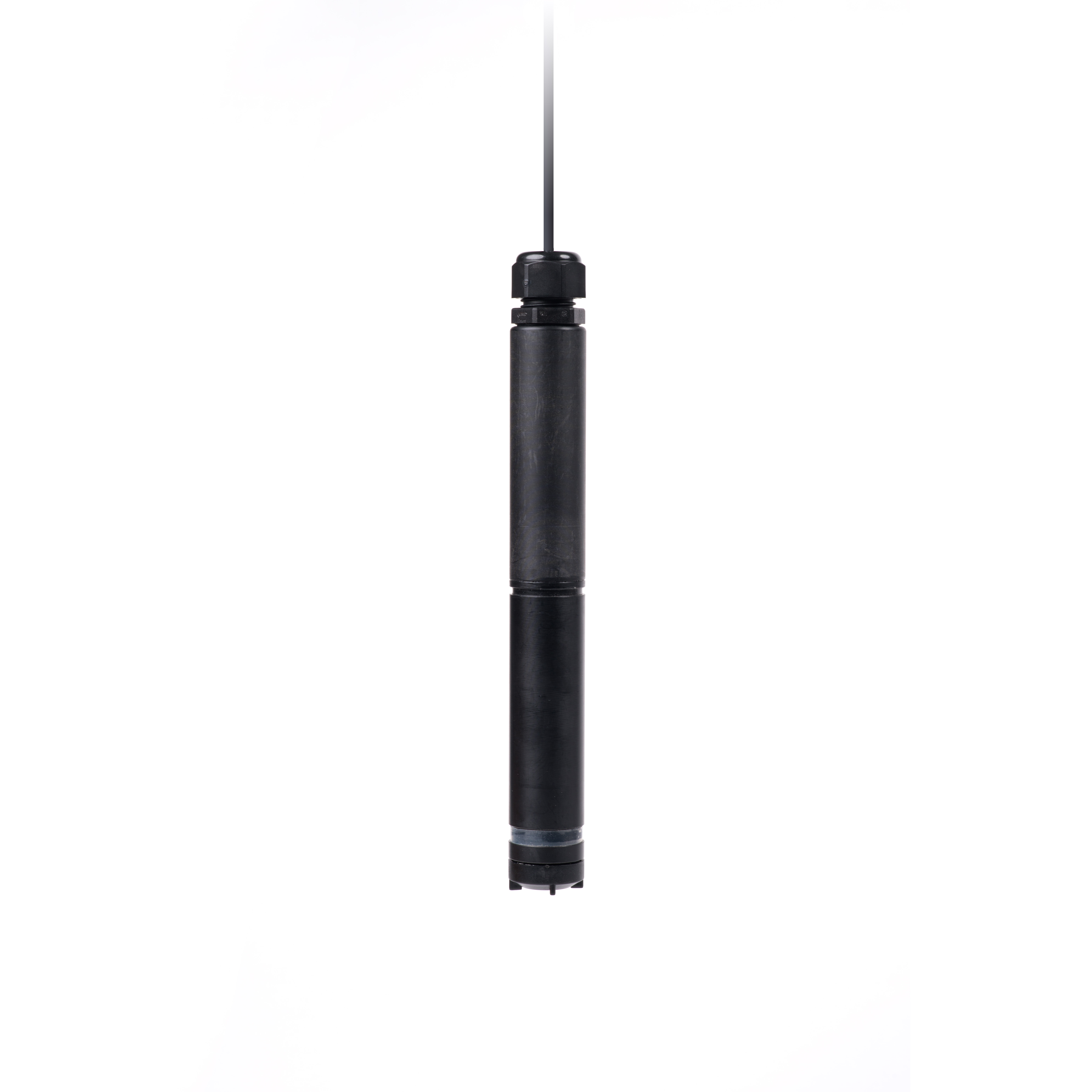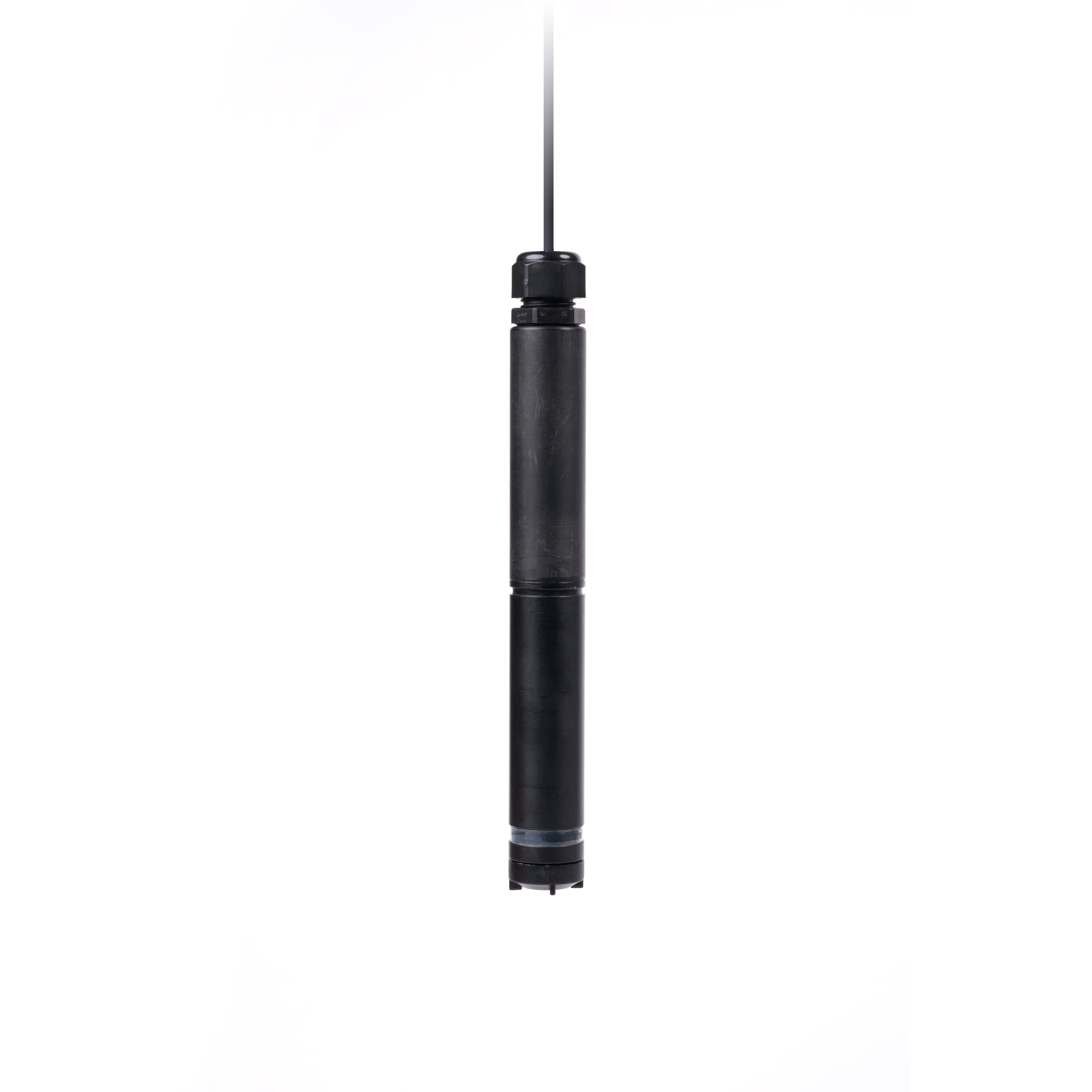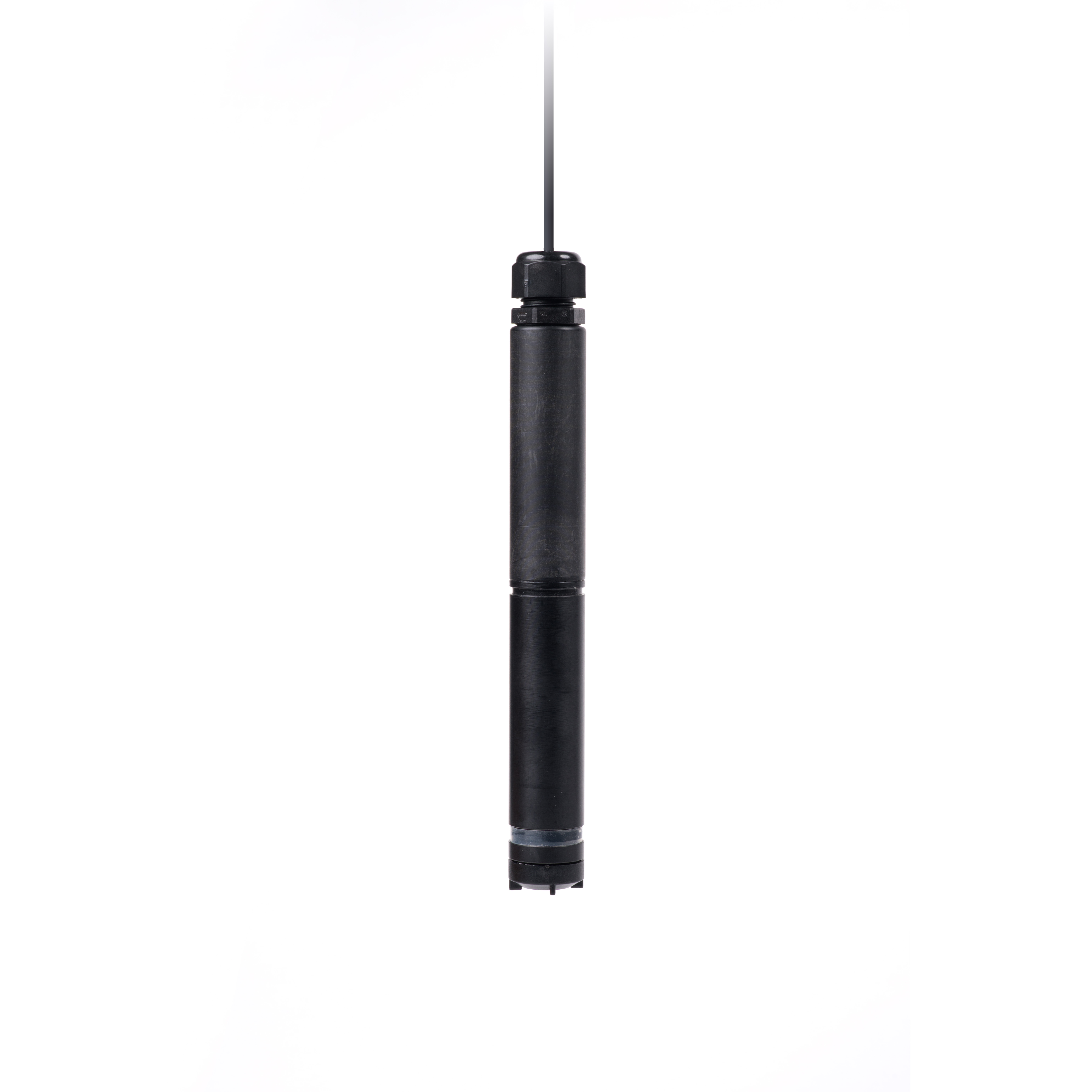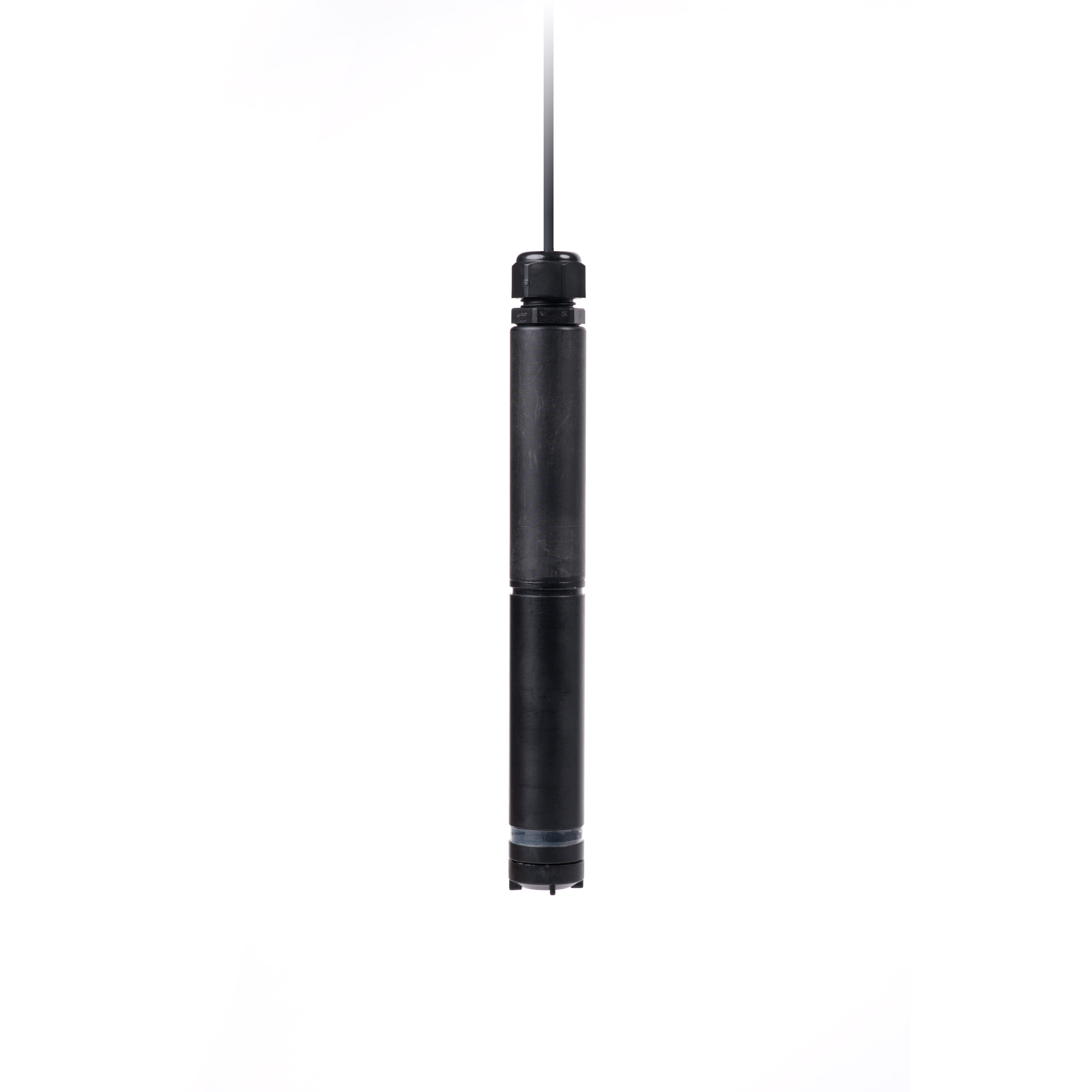- Water Analyzers
- Liquid chemistry
- Controls
- Electrodes and sensors
- Hand-held measuring instruments and analysis cases
- Laboratory Benchtop Meters
- NeoTec World
- Permeate
- Clinical Solutions
- Seminars & Webinars
- Ozone and UV technology
- Dosing pumps
- Gas Measuring Instruments
- Hygiene and Disinfection
- Water Meters
- Accessories
- Blog
- OFFERS
Filter products

